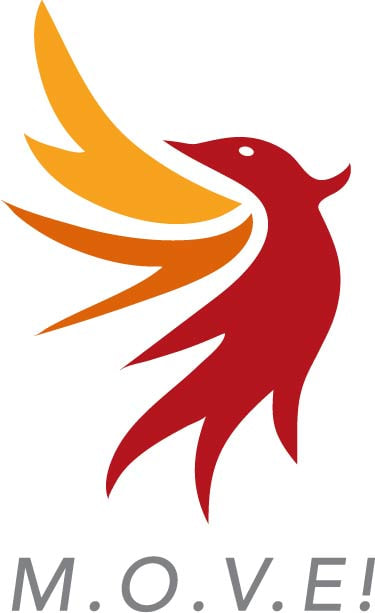What is Age Grading?
Age-grading is a way of putting your race results in a mathematical model which puts them in a universal context. It puts you on a level playing field not only with yourself as you age but also with runners of all ages, male or female. Age-grading expresses your result both as a percentage of the world best at your age and as a time you would have run if you were in your prime. (It compares your result with the best one ever in that event by a person of the same age and gender).
In short, with age-grading you can
• track your own performance over time – you can compete on even terms with younger runners and with your own performances at younger ages
• compare your results with the standard for your age and gender
• identify your best events, including your best performance ever and
• set goals for the future.
Here’s how it works.
Say you’re Susan, 40, who finishes a 10km in 43:00. To see what her age-graded percentage is, Suan can refer to a the 2015 age grading calculator at (http://www.howardgrubb.co.uk/athletics/wmalookup15.html) and plug in her age, time, distance, and sex to find her age-graded percentage and the equivalent result she would have gotten had she been 25, at her prime. The calculator would tell her that the open world record time for her age is 30:20, and that her age-graded performance, calculated by dividing the world record time of 30:20 by her own time of 43:00, is 72.63% of the world standard (best) at her age for this distance. Susan can compare her 72.63% with percentages from a 10K in her twenties, with percentages from marathons in her thirties, etc. If she’s really competitive and wants to compete with her husband and children she can compare her percentages with theirs.
To use the calculator, plug in your distance, age, gender, time/distance/height (high jump), and then press “age-grade”. You’ll get your result.
Standard track and field events as well as long distance running events are included in age-graded tables. The following relative standards apply:
100% is world record level for your particular age and gender
90% = World class
80% = National class
70% = Regional class
60% = Local class
In short, with age-grading you can
• track your own performance over time – you can compete on even terms with younger runners and with your own performances at younger ages
• compare your results with the standard for your age and gender
• identify your best events, including your best performance ever and
• set goals for the future.
Here’s how it works.
Say you’re Susan, 40, who finishes a 10km in 43:00. To see what her age-graded percentage is, Suan can refer to a the 2015 age grading calculator at (http://www.howardgrubb.co.uk/athletics/wmalookup15.html) and plug in her age, time, distance, and sex to find her age-graded percentage and the equivalent result she would have gotten had she been 25, at her prime. The calculator would tell her that the open world record time for her age is 30:20, and that her age-graded performance, calculated by dividing the world record time of 30:20 by her own time of 43:00, is 72.63% of the world standard (best) at her age for this distance. Susan can compare her 72.63% with percentages from a 10K in her twenties, with percentages from marathons in her thirties, etc. If she’s really competitive and wants to compete with her husband and children she can compare her percentages with theirs.
To use the calculator, plug in your distance, age, gender, time/distance/height (high jump), and then press “age-grade”. You’ll get your result.
Standard track and field events as well as long distance running events are included in age-graded tables. The following relative standards apply:
100% is world record level for your particular age and gender
90% = World class
80% = National class
70% = Regional class
60% = Local class
